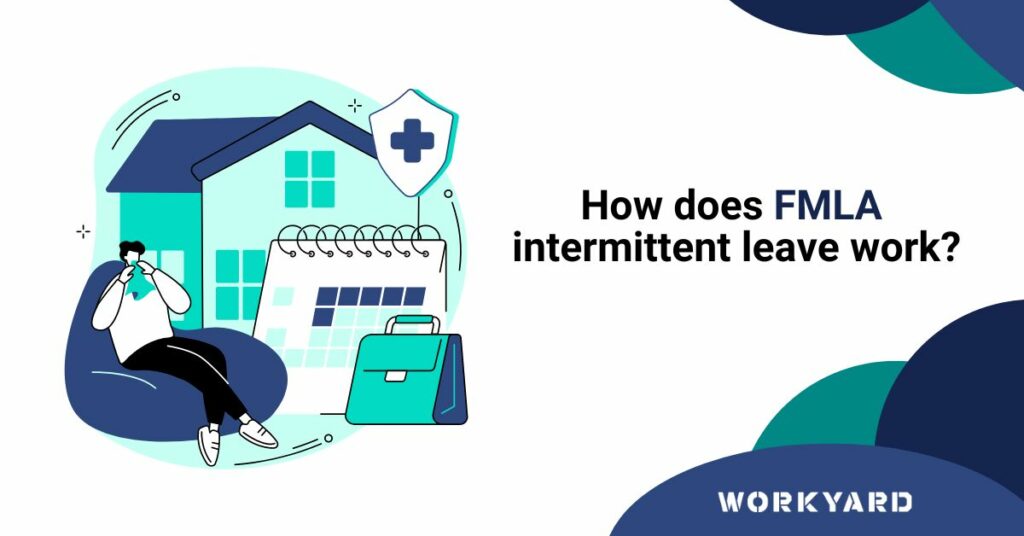The Family and Medical Leave Act (FMLA) stands as a pivotal legislative framework designed to support eligible employees during critical life events, including medical challenges. Among its provisions, FMLA intermittent leave emerges as a vital component, offering flexibility and support for individuals navigating intermittent health-related needs.
Let’s delve into the intricacies of FMLA intermittent leave, shedding light on its functionalities, benefits, and considerations.
Understanding FMLA Intermittent Leave
FMLA intermittent leave facilitates a flexible approach to medical and family-related challenges:
- Flexible Time Off: Unlike continuous leave, FMLA intermittent leave allows eligible employees to take time off in separate, non-consecutive blocks. This flexibility accommodates sporadic medical treatments, recurrent health-related issues, or caregiving responsibilities without requiring continuous absence from work.
- Qualifying Conditions: FMLA intermittent leave applies to specific qualifying conditions, including serious health conditions affecting the employee or immediate family members, childbirth, adoption, or foster care placement. Eligibility criteria and medical certification requirements govern its utilization.
Navigating Eligibility and Compliance
Navigating FMLA intermittent leave necessitates understanding eligibility criteria and compliance obligations:
- Eligibility Requirements: To qualify for FMLA intermittent leave, employees must meet specific criteria, including tenure with the employer, hours worked, and the existence of a qualifying condition as defined by FMLA regulations.
- Medical Certification: Employers may require medical certification substantiating the need for intermittent leave. Promptly providing accurate documentation and adhering to reporting procedures fosters transparency and compliance.
In conclusion, FMLA intermittent leave offers eligible employees a flexible framework to address medical, family, and caregiving needs through non-consecutive time off blocks. Prioritize education, collaboration, and adherence to regulatory guidelines to navigate FMLA intermittent leave confidently and assertively, ensuring alignment with legal requirements and organizational policies.

